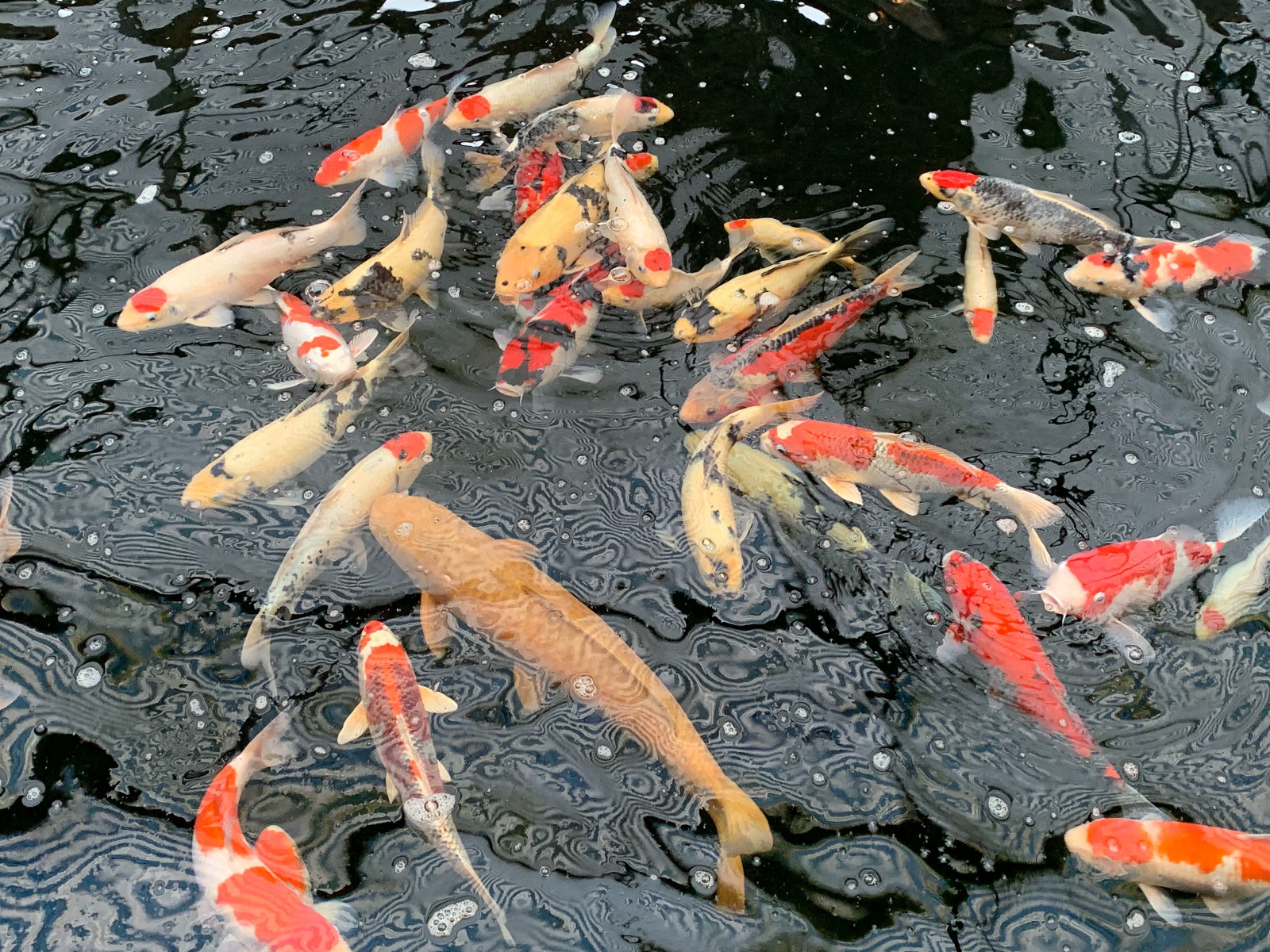Hard Times for Happier Fish
There are many significant differences between ponds designed to cater for wildlife and those where fish are the priority. One of the biggest is the need to monitor water quality parameters. For wildlife ponds, rainwater is the best source and helps to control the availability of phosphates and nitrates that serve to nourish the growth of nuisance algae and duckweed. For fishponds, the use of mineral-free rainwater and the consequent low hardness can prove problematic for a number of reasons.

After a winter of heavy rain and the effects of accumulated leaf litter, it’s a good time to take a look at how fish health is impacted by KH or carbonate hardness. KH is a measurement of the amount of carbonates present in the water, these function to keep the pH stable by neutralising the effect of acids (such as carbonic acid) which would otherwise lower the pH. They also play a role in the health of the fish and are key to proper function of bodily fluids.
Most of the biological processes occurring in any pond, from overnight drops in oxygen, to actions of filter bacteria and even the act of fishes breathing will deplete carbonates. The additional metabolic demands of feeding hungry fish in warm weather will speed up the rate of demand, in line with oxygen depletion. Unlike many tropical aquaria, ponds are dominated by two species that prefer hard, alkaline water – goldfish and koi.
Depending on your location, you may find your tap water has a high KH but this won’t necessarily be linked to a high general hardness (GH). If you’re using rain water it’ll generally be free of carbonates, meaning that although it’s free of the phosphates and nitrates that nuisance algae love it’ll lead to depleted levels. Heavy rainfall landing in the pond will also lower KH. This means that you’ll want to top up your buffers to ensure healthy biological function of your fishes and filter bacteria, as well as safeguarding against a pH crash.
In systems with low KH or high bioload, adding a buffer will improve the health of your pond and its inhabitants. We’d recommend adding it to the list of parameters to be tested and monitored for optimal health of your pond pets.


